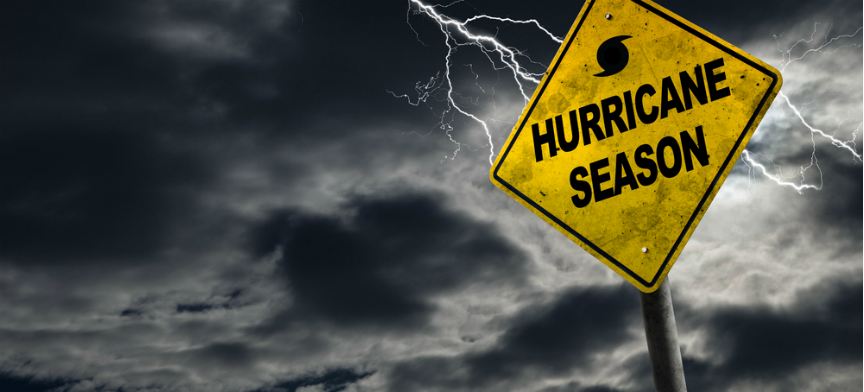
Hurricanes: What Effect Do They Have on Natural Gas and Power Prices?
When severe weather strikes people naturally worry about resources, particularly resources as volatile as natural gas. In light of hurricane Harvey and Irma, we’ll take a look at how hurricanes have affected natural gas prices in the past, and whether we have anything to worry about moving forward.
The first thing you should understand is how interconnected natural gas and electric power prices are.
Natural gas and electric power prices tend to be closely tied to one another
When natural gas prices increase, electricity prices follow closely behind. While weather can have a major impact on natural gas prices, over the last decade, hurricanes have had a much lower impact on natural gas and electric prices than in the past. Why? Because over the last decade, huge reserves of oil and natural gas were found in Pennsylvania and Ohio, states that are not highly impacted by hurricanes’ destructive forces.
In 2005, when Katrina hit the Gulf of Mexico, the PJM Service Territory, which includes all or parts of thirteen states from the East Coast to Illinois, lost about 22% of its natural gas production capacity. As a result, natural gas prices jumped to $1.40 per therm and electric prices went through the roof for several days. Today, natural gas from the Gulf of Mexico only represents about 5% of our natural gas production.
Why hurricanes currently have a diminished impact on current natural gas prices
Less than 5% of the country’s natural gas was produced in the Gulf of Mexico in 2015, reports the U.S. Energy Information Administration. The decline in reliance on Gulf natural gas is due to the shale boom. The shale-gas phenomenon after 2006 has decreased the country’s reliance on offshore production, meaning a reduced impact from Gulf of Mexico disruptions, even against the likes of devastating hurricanes.
With more of our natural gas originating away from the Gulf, hurricanes—while still worth noting—aren’t as detrimental to natural gas and power prices as they formerly were.
The factors that can affect natural gas prices
To clarify the ways in which natural gas prices can be affected, you have to consider the market supply and demand. There are three primary factors on either side that can influence prices.
Supply factors include:
- Amount of natural gas production
- Level of natural gas that is in storage
- Volumes of natural gas imports and exports
Demand factors:
- Variations in winter and summer weather/inclement weather
- Level of economic growth
- Availability and prices of competing fuels
As you can see above, weather definitely plays a part in the demand—after all, temperature will dictate how much natural gas people need—but for supply, it’s about location and what’s available in storage. For areas that aren’t as affected by hurricane weather, their ability to produce natural gas will remain largely unchanged.
Even though Harvey and Irma were very powerful storms, their impact on the natural gas supply was minimal and natural gas prices increased only slightly. In fact, natural gas today is less than $.40 per therm. While weather can still have a major impact on natural gas and power prices, hurricanes have much less of an impact today than they did a decade ago.



